The 9th Battalion in Normandy
British Normandy Memorial
Next year, 2024, marks the 80th Anniversary of the Battle of Normandy. It is anticipated that there will be substantial interest in, and media coverage of, the events of the Landings on D-Day, 6 June 1944, and the Battle for the liberation of Europe which followed, in which the 9th Battalion of the Cameronians played such a significant part. It is likely that the site of the British Normandy Memorial will be a focus for commemoration of those events and for remembrance of the sacrifice of all those who gave their lives in the cause of freedom.
The British Normandy Memorial www.britishnormandymemorial.org stands at the edge of the village of Ver-sur-Mer, just east of Arromanches, on a slight rise, looking out over Gold Beach, the area designated in Operation Overlord for the landing of British troops. The Memorial consists of a central wall, on which is engraved the names of all Allied personnel who lost their lives on D-Day itself, flanked by a series of limestone columns, on which are engraved the names of all the others who lost their lives in the subsequent Battle of Normandy, which is deemed to have ended by 31 August 1944. There are 22,442 names engraved on the Memorial, arranged in chronological order of the date of death.
The Battle of Normandy had particular importance for the 9th Battalion, which did not participate in the landings on D-Day itself, but was to play a leading part in all that followed, from the attempted breakout from the beachhead beginning on 26 June 1944, right through to the end of the War in May 1945. The Battalion was part of the 46th (Highland) Infantry Brigade of the 15th Scottish Division of the British Army. That Division was given the honour of spearheading the planned breakout in Normandy, east of Bayeux and west of Caen, the area which became known as “the Scottish Corridor”.
The main body of the Battalion had landed on the Mulberry harbour at Arromanches on 17 June, with the Vehicle party being held up by the great Channel storm and eventually reaching Arromanches on 23 June.
What followed was bitter and sometimes attritional warfare: in the first five days of the Division’s involvement, it was to suffer 2,720 casualties, one-quarter of its total losses in the whole period from June 1944 to May 1945. In the preparation for the construction of the Normandy Memorial, meticulous research by its researchers in combination with the Commonwealth War Graves Commission (CWGC) identified 146 members of the Regiment who died in the Battle of Normandy. Those Cameronians were buried in Cemeteries situated throughout Normandy administered by the CWGC, but now all of their names are perpetually commemorated on the engraved Columns of the Memorial.
Undoubtedly, the 80th Anniversary and any associated commemoration will stimulate interest in visiting the area, the Memorial itself, and the War Cemeteries in Normandy. All of these are profoundly moving places. Many relatives of those who died will have visited these sites, but it is recognised that very many more will never have had the opportunity to do so. In their memory and with the intention of assisting Cameronians, and any relatives of the Fallen of the Regiment who may wish to visit the area on the occasion of the 80th Anniversary or thereafter, a list has been compiled of all those 146 members, together with their date of death, age, place of burial, and the number of the Column at the Memorial where their names are engraved.
The Cemetery with the largest number of Cameronian dead, at 54, is at St Manvieu, on the D9 west of Caen, the road which separates the villages of St Manvieu and Cheux, both of which were extensively damaged in the fighting, and the second largest, at 47, is at Bayeux, which is in the town of Bayeux itself, at the western edge of its mediaeval centre. The remainder are spread amongst 9 other CWGC Cemeteries in the area: Brouay, Tilly-sur-Seulles, Hermanville, Ryes, Banneville-la-Campagne, Secqueville-en-Bessin, Beny-sur-Mer, St Charles de Percy, Hottot-les-Bagues, and Caumont (Communal).
The Battalion was engaged in a series of important battles during the Normandy campaign, and examination of the dates of death of the members of the Battalion shown in the records shows a clear correspondence with the individual battles of that campaign, the first stage being Operation Epsom.
Operation Epsom commenced at 07.30 on 26 June 1944, when the Battalion went into action for the first time. The task was to capture the village of Le Haut du Bosq (now known as Le Bosq), just south of Cheux. The Battalion’s losses on that first day were very heavy: 34 members of the Battalion lost their lives on that day alone, 23 per cent of all fatalities suffered by the Battalion in the whole of the campaign to 31 August, but mere statistics cannot convey the awful reality of the battlefield action.
Brigadier Barclay’s official History of the Regiment, Vol III, refers at p166 to that part of the action on 26 June which involved the Battalion’s Pioneer Platoon. He states, “The Battalion Transport, moving forward escorted by the Pioneer Platoon, ran into an enemy minefield, and suffered casualties. Heavy enemy shell fire also caused losses.” The official War Diary of the Pioneer Platoon itself, written by Brigadier Richard Villiers, Commander of the 46th Brigade, who as Lieutenant Colonel Villiers, had been the Commander of the 9th Battalion at the time, contains this passage, which more graphically conveys what actually happened: “When the [Battalion] went into action on 26 June the Pioneers were detailed to sweep the road forward for the transport. They were unable to carry out this task as the [Platoon] had ceased to exist as a [Platoon] after five minutes in action. Sjt McSkimming and seven men had been killed and eight men had been wounded by the devastating mortar fire.” Alexander McSkimming is buried at St Manvieu War Cemetery and his name is engraved on Column 98 of the Normandy Memorial, as are the names of Riflemen John Ledgard, Archibald MacInnes, William McInnes, Thomas Melvin, Arthur Moore, William Moore and Lieutenant Peter McGregor.
In the 5 days between 26 June and 1 July, the conclusion of Operation Epsom, the Battalion had suffered 74 fatalities, 50 per cent of all the fatalities it suffered in the whole of the Battle of Normandy. The prolonged fighting at Grainville-sur-Odon accounted for a significant number of these. Much of that centred on the church there. The accompanying photograph, taken exactly 79 years later, clearly shows the extant bullet and shell holes in the church’s gable wall. The street on which the church stands is now named the Rue de la 15ème Division Écossaise, and a modern community hall on the street is named the Salle de la XVème (Hall of the 15th). The next village to Grainville is Tourville-sur-Odon, and the road from there leading south to the Monument to the 15th Scottish Division, fittingly topped by the Lion Rampant, is named the Rue des Écossais.
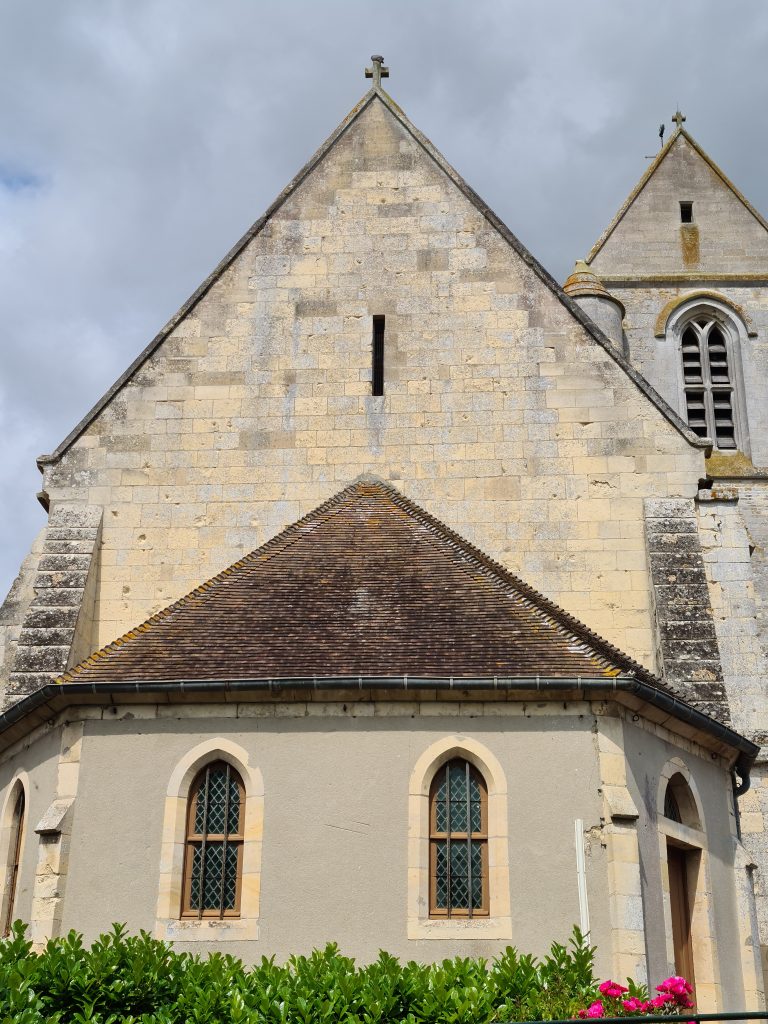
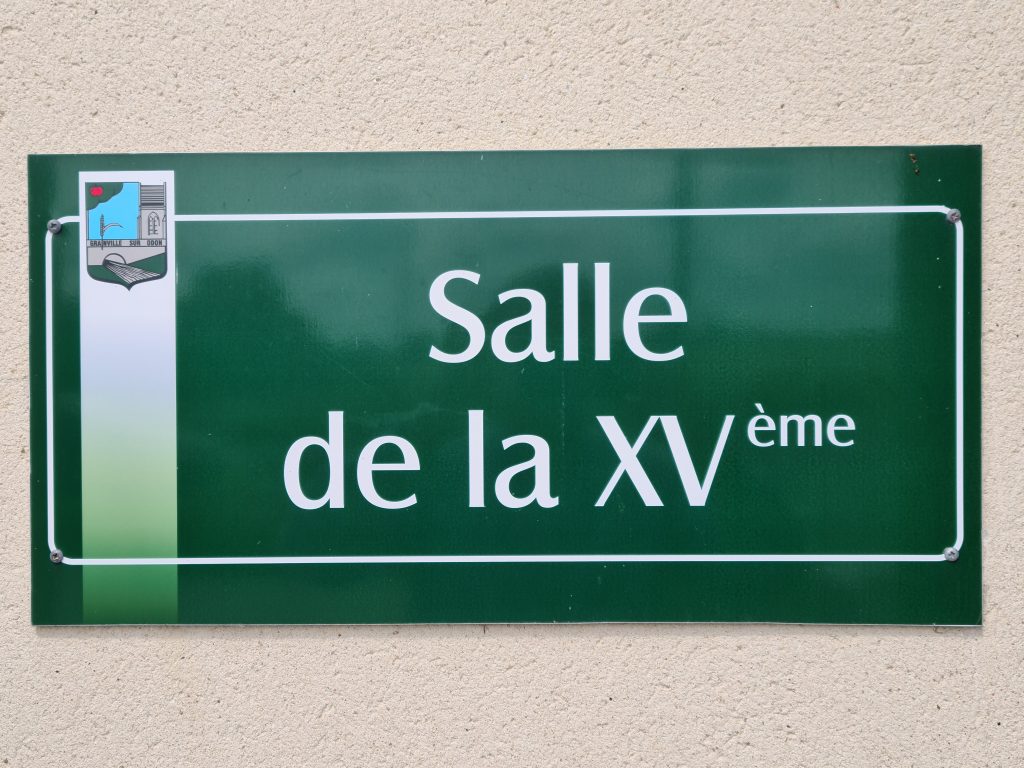
The church and the hall at Grainville, © John Baird

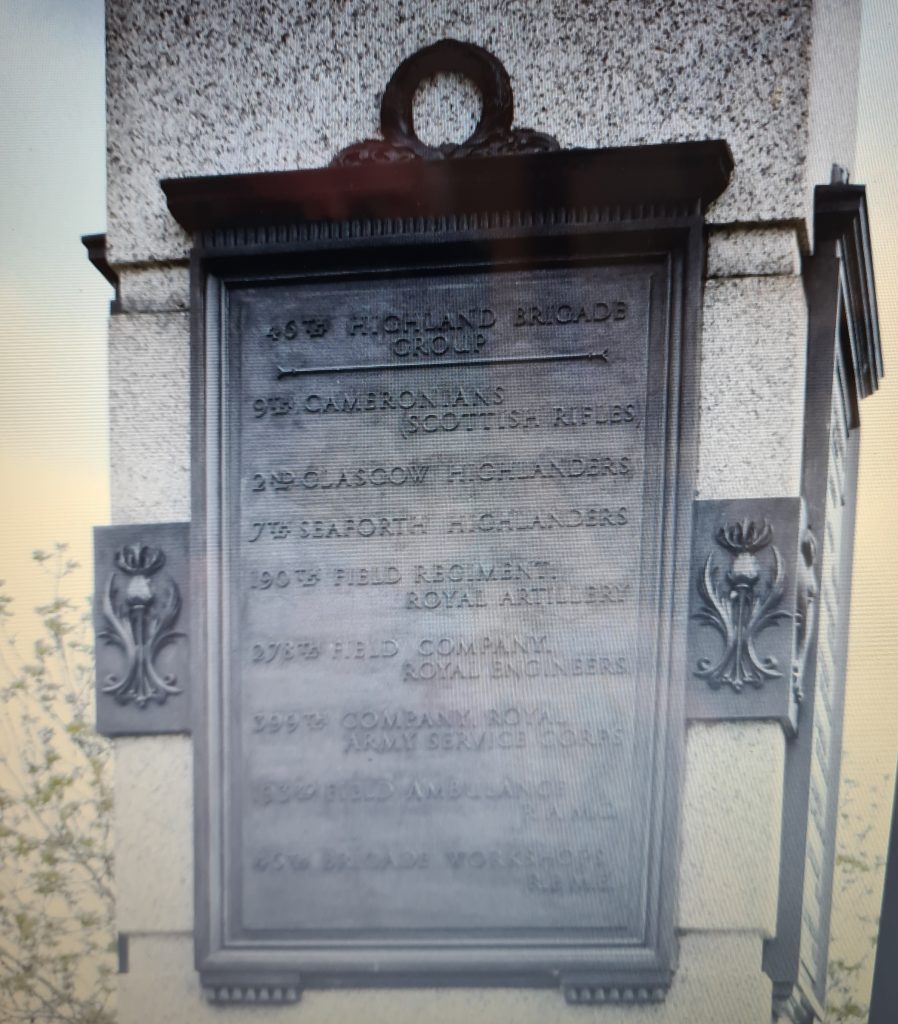
The Monument to the 15th Scottish Division, © John Baird
A further 24 fatalities were suffered in the battle for control of Éterville between 10 and 12 July, 17 on one day alone, 30 July, in the fighting to capture the village of Sept Vents during Operation Bluecoat, and 20 on 6th August in the breakout at Caumont, on the advance to Gourney, the day forever after referred to as the Regiment’s “Black Sunday”.
Of course, the principal purpose of a War Memorial is to remember and honour the Fallen, and the British Normandy Memorial achieves that in a beautiful and dignified way. But, fittingly and significantly, it is specifically recognised at the site of the Memorial that no participant who survived the stark realities and horrors of war was left unscathed by the experience. Very many of those who survived were affected physically and psychologically in later life by both their wounds and their memories and in a moving tribute to all who served, an engraved panel at the memorial contains the words, “ Many who lived through D-Day and the Battle of Normandy were forever marked by their experiences. Some later died from wounds received during the campaign. Others suffered at length from psychological trauma.”


The United in Effort plinth and the Statue at the Memorial, © John Baird
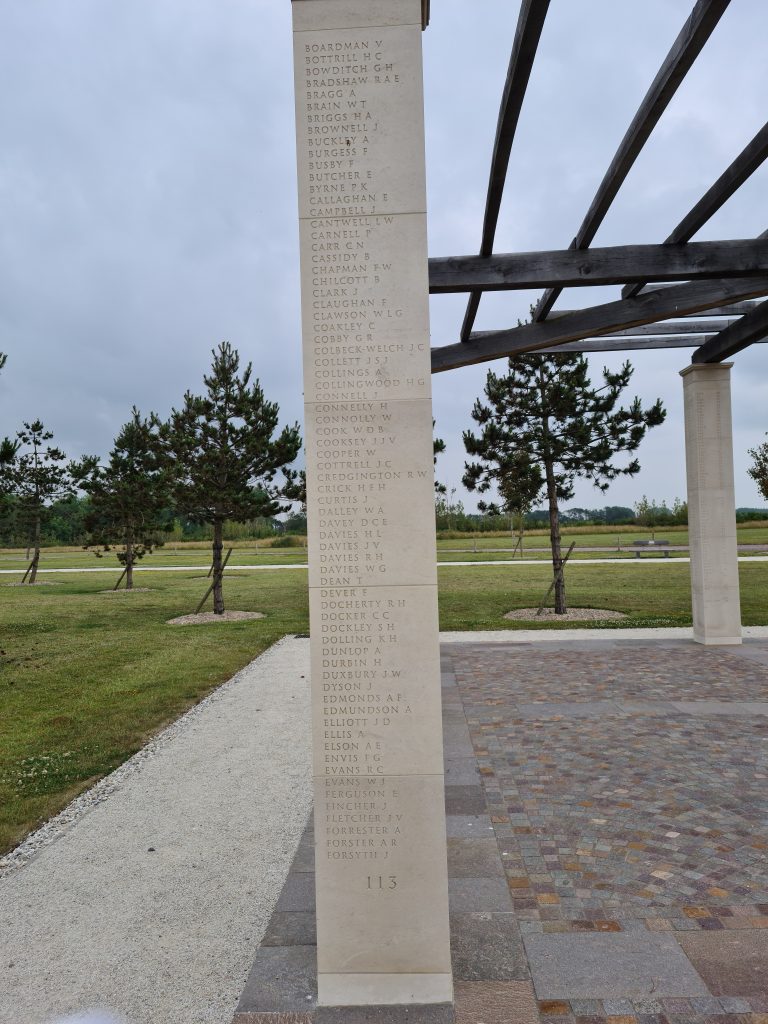
Comments: 1
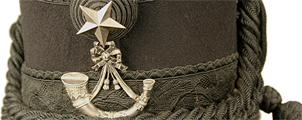

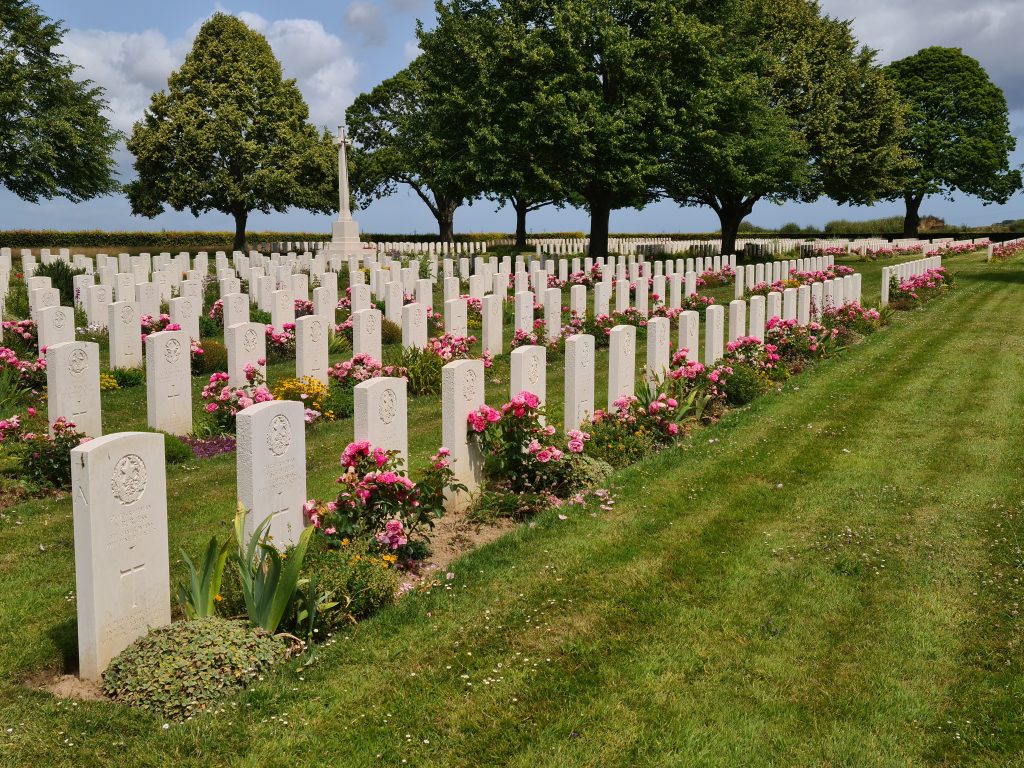

John, many thanks for this excellent post, and for sharing your research with us. I am sure it will be of great interest to many who will be planning visits to the Normandy battlefield in the near future.